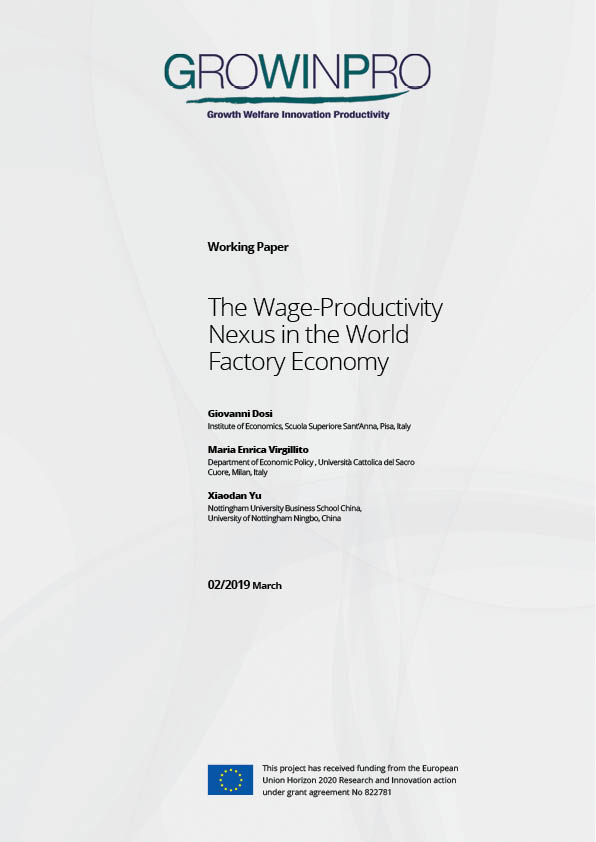In this paper, we study the effects of industrial policies on international convergence using a multi-country agent-based model which builds upon Dosi et al. (2019b). The model features a group of microfounded economies, with evolving industries, populated by heterogeneous firms that compete in international markets. In each country, technological change is driven by firms’ activities […]








